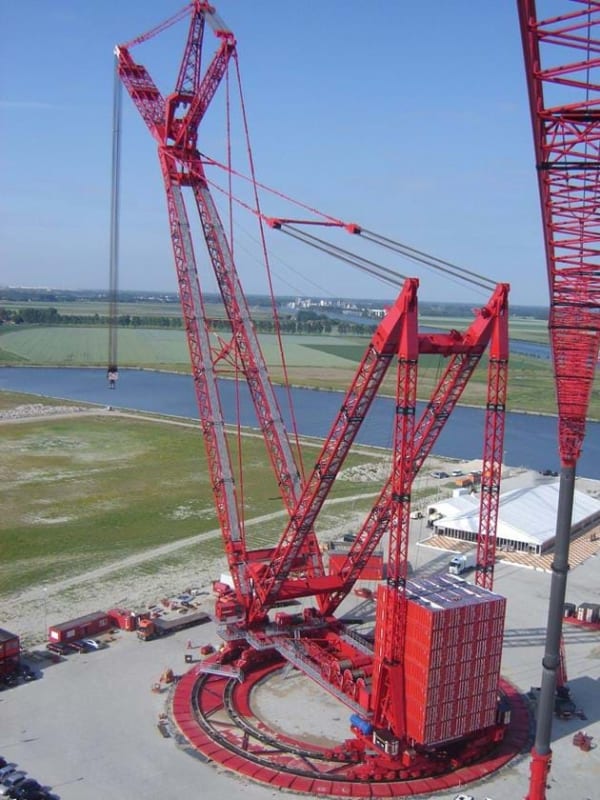Engineers,
To use shipping containers as retaining wall was an alternative proposed by a client at a mine site. He wants to use 2 rows of 40 foot containers, 10 ft high and about 8 ft wide, fill them up with sand and then back fill with granular material.
Has this solution worked for you?
I have 2 concerns about this:
1 - To backfill close to the wall might damage the wall. If that's the case, I would recommend to compact using a jumping jack up to 10 ft off the wall.
2 - The junction between the top container and the bottom container will need to be strong enough to avoid any driving force to slide the top container. To lock the top and the bottom containers I would recommend rebars all around. That's my thought.
Let me know you thoughts.
To use shipping containers as retaining wall was an alternative proposed by a client at a mine site. He wants to use 2 rows of 40 foot containers, 10 ft high and about 8 ft wide, fill them up with sand and then back fill with granular material.
Has this solution worked for you?
I have 2 concerns about this:
1 - To backfill close to the wall might damage the wall. If that's the case, I would recommend to compact using a jumping jack up to 10 ft off the wall.
2 - The junction between the top container and the bottom container will need to be strong enough to avoid any driving force to slide the top container. To lock the top and the bottom containers I would recommend rebars all around. That's my thought.
Let me know you thoughts.

